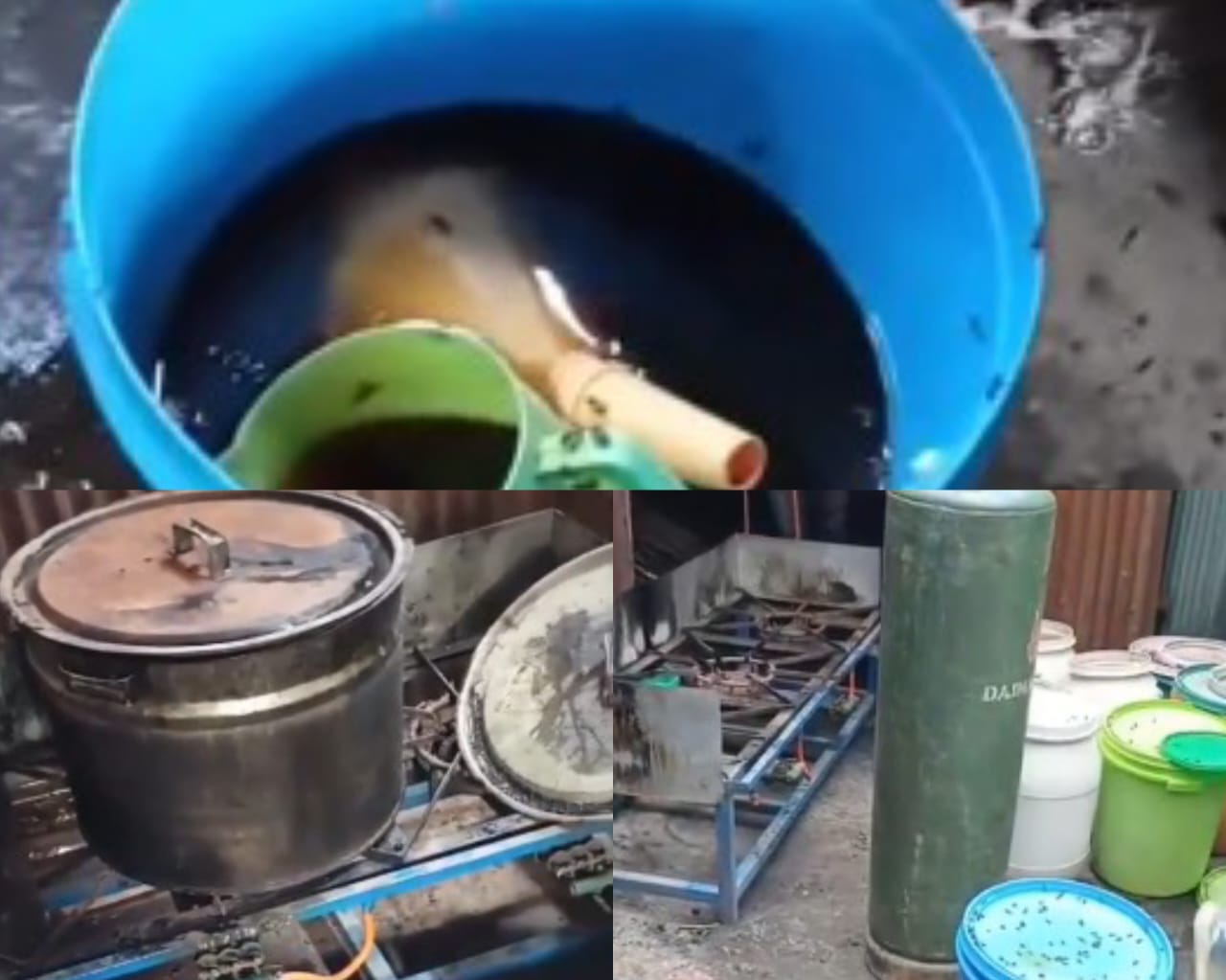 The discovery was made during a well-coordinated sting operation on Monday, October 6.
The discovery was made during a well-coordinated sting operation on Monday, October 6.
Police in Nairobi have uncovered an illicit operation producing counterfeit honey in Umoja 2 area in Eastlands, exposing a potentially dangerous racket targeting unsuspecting consumers.
According to the Directorate of Criminal Investigations (DCI), the discovery was made during a well-coordinated sting operation on Monday, October 6, 2025.
Officers arrested one suspect and seized several items believed to have been used in the production of the fake honey.
“The recovered exhibits included finished counterfeit honey, chemical substances used in the production process, a heating coil, and a gas cylinder,” the report stated.
The suspect is being held at Ruai police station pending arraignment.
The National Police Service said operations targeting counterfeit food products and other illicit goods are ongoing as part of efforts to safeguard public health and consumer safety.
“We urge members of the public to remain vigilant and to report any suspicious manufacturing or distribution activities through our toll-free hotlines 999, 911, or 112, or through #FichuaKwaDCI on 0800 722 203 or WhatsApp 0709 570 000,” read part of the statement.
The bust sheds light on a growing concern over adulterated food products infiltrating the market, particularly counterfeit honey, which experts warn poses serious health risks.
Scientific health research shows that fake honey is often adulterated with additives such as glucose, corn syrup, or artificial sweeteners — substances that not only strip the product of its natural value but also pose numerous health dangers.
Adulterated honey has been linked to digestive problems, weight gain, and blood sugar disturbances, particularly harmful to people living with diabetes.
The high concentration of added sugars can also lead to tooth decay, cavities, and gum disease.
Moreover, fake honey lacks the natural enzymes and antioxidants found in pure honey, which help boost immunity and protect the body from infections.
Over time, consuming such adulterated products can weaken the immune system and deprive the body of vital nutrients.
Researchers further warn that some counterfeit honey may contain industrial-grade glucose or synthetic chemicals, which can damage internal organs such as the liver and kidneys.
“Honey is renowned for its many health benefits, but purity is key. Fake honey is nutritionally empty and can expose consumers to toxins that accumulate in the body over time,” multiple scientific reports have noted.
The rise of counterfeit honey in urban centres such as Nairobi has prompted health authorities and consumer watchdogs to encourage shoppers to verify the authenticity of products before purchase.
Many Kenyans buy honey from open markets or roadside vendors, where quality checks are minimal.
Experts say that beyond the economic crime, fake honey undermines the efforts of genuine beekeepers and producers who rely on the trade for their livelihoods.
For consumers, the risk goes far beyond being short-changed — it’s a matter of health and safety.
Consumers are urged to purchase honey only from trusted sources or certified brands.
By employing simple tests and being watchful of what you buy, you can always be certain to get pure and healthy honey.
Below are simple tests and precautions you can use to distinguish genuine honey from counterfeit versions:
- Water test: Drop a spoonful of honey into a glass of water. Pure honey sinks to the bottom without dissolving, while fake honey dissolves due to added sugars.
- Thumb test: Place a small drop of honey on your thumb. If it spreads or drips, it’s fake; pure honey stays firm because of its thick consistency.
- Flame test: Dip a dry cotton wick into honey and try lighting it with a matchstick. Real honey burns cleanly, while fake honey containing moisture or sugar won’t ignite.
- Crystallisation check: True honey crystallises naturally over time, whereas fake honey stays runny because it lacks enzymes.
- Vinegar test: Mix honey with a little water and vinegar. If the mixture foams, impurities are present.
- Label inspection: Always read the ingredient list. Avoid honey that lists high-fructose corn syrup, glucose, or flavour additives.
- Taste and aroma: Pure honey has a rich, floral flavour and a mild natural aroma. Fake honey often tastes excessively sweet and lacks scent.


















